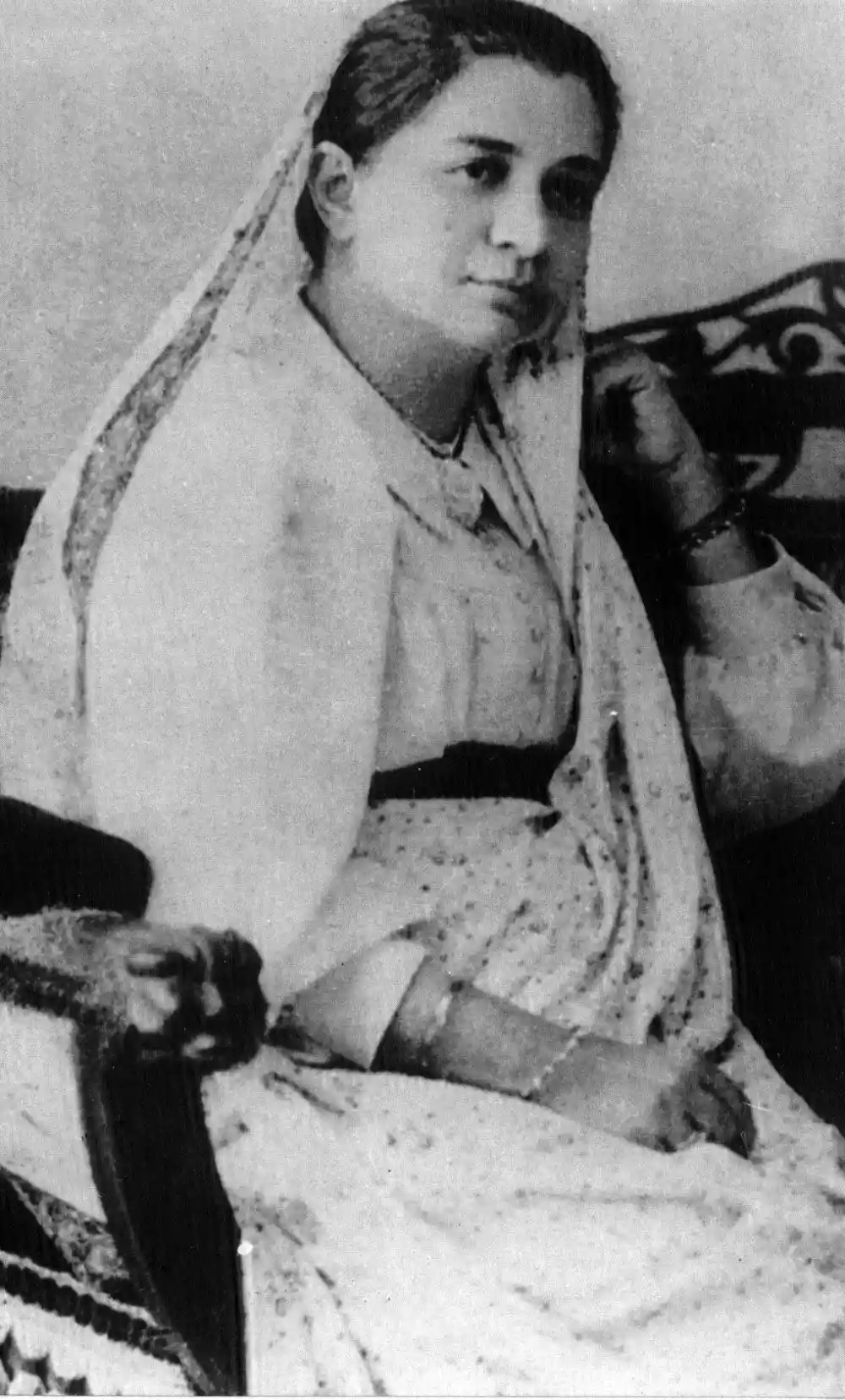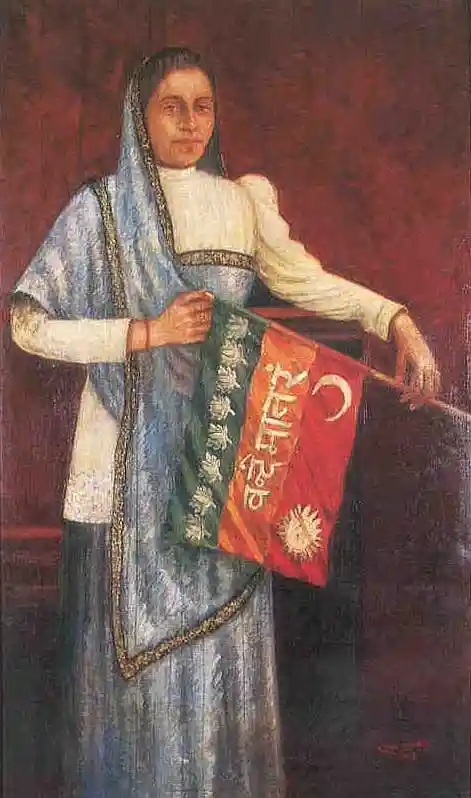Unravelling the Story of Madam Cama
History often forgets women. Women of great zeal, resilience, and power collect dust in the collective memory of society. One such woman who shaped and nurtured the cause of the Indian freedom struggle on foreign soil, Bhikaji Rustom Cama, was born today.

The revolutionary Madam Bhikaji Cama, Image Source- Wikipedia
Born in the then Bombay Presidency, Bhikaji Cama hailed from an affluent Parsi family. Her father, Sorabji Framji Patel, was an influential figure in the Parsi community. Bhikaji developed her flair for languages while completing her studies in Alexandra Girls' English Institution.
Her marriage union with Rustom Cama in 1885 was an unhappy one. While Rustom was head-over-heels with British culture and administration, Bhikaji could never swallow the bitter pill of British Raj.
Bhikaji was a social and political activist in her wake. In 1896 when the Bombay Presidency was suffering at the hands of the Bubonic Plague, she was one of the front-liners who dedicated her time and efforts to take care of the afflicted. In the meantime, she also contracted the plague, which weakened her body. It was recommended that she must go to Britain to recuperate the disease. This incident in no way discouraged her. Instead, she started indulging in nationalist activities with new vigour.
Her life in Europe focused on educating the foreigners about the Indian freedom struggle while associating in an activity that would facilitate the cause of liberating her motherland.
She prolonged her stay in Britain after she met Shyamji Krishna Varma, famous for his revolutionary speeches. Her association with Dadabhai Naoroji and Singh Rewabhai Rana prompted the birth Indian Home Rule Society in 1905, which propagated the message of self-rule for India.
No amount of planning or plotting could defeat Bhikaji's indomitable determination. When the British administration put forth the condition that her return to India meant she should shun all political activities, Bhikaji refused to go home. She wholeheartedly embraced her exile in Europe.
Bhikaji's relocation to Paris was eventful when she co-founded the Paris Indian Society with Singh Rewabhai Rana and Munchershah Burjorji Godrej in 1905. This inspiring group of Indians living in exile left no leaf unturned to make the dream of sovereign India come true. Bhikaji was involved in penning and distributing revolutionary literary pieces like Bande Mataram and later Madan's Talwar (corresponding to Madan Lal Dhingra's execution). The circulation of these weeklies was not limited to foreign lands, but it was also smuggled to India via Pondicherry.
“Behold, the flag of independent India is born! It has been made sacred by the blood of young Indians who sacrificed their lives in its honour. In the name of this flag, I appeal to lovers of freedom all over the world to support this struggle.”
Her powerful words urged the people attending the second Socialist Congress Conference at Stuttgart, Germany, in 1907 to stand in respect for the Indian freedom struggle. The flag Bhikaji hoisted at this event was co-designed by her and Vinayak Damodar Savarkar. The monumental flag later serves as a template that inspires the present-day flag of India.
Other than being famous as a political activist, Bhikaji was also a staunch feminist. In 1910 at National Conference in Cairo, Egypt, she questions the absence of women-
“Where is the other half of Egypt? I see only men who represent half the country! Where are the mothers? Where are the sisters? You must not forget that the hands that rock cradles also build persons.”
Her vision of feminism had an element of recognising the role of women in nation-building and was not restricted to the image of seeing women as baby-making machines.
Her exile in Europe came to an end when she gravely fell ill. Seeing her fragile condition, the British government allowed her to return home. After seeing her motherland for one last time, Bhikaji left the earth on August 13, 1936.
Her kindness transcended her death. She bequeathed a huge chunk of her assets to the Avabai Petit Orphanage for girls. Her perseverance and efforts have immortalised her on the golden pages of history.

Bhikaji Cama along with the iconic 1906 Indian flag, Image Source- The Better India


